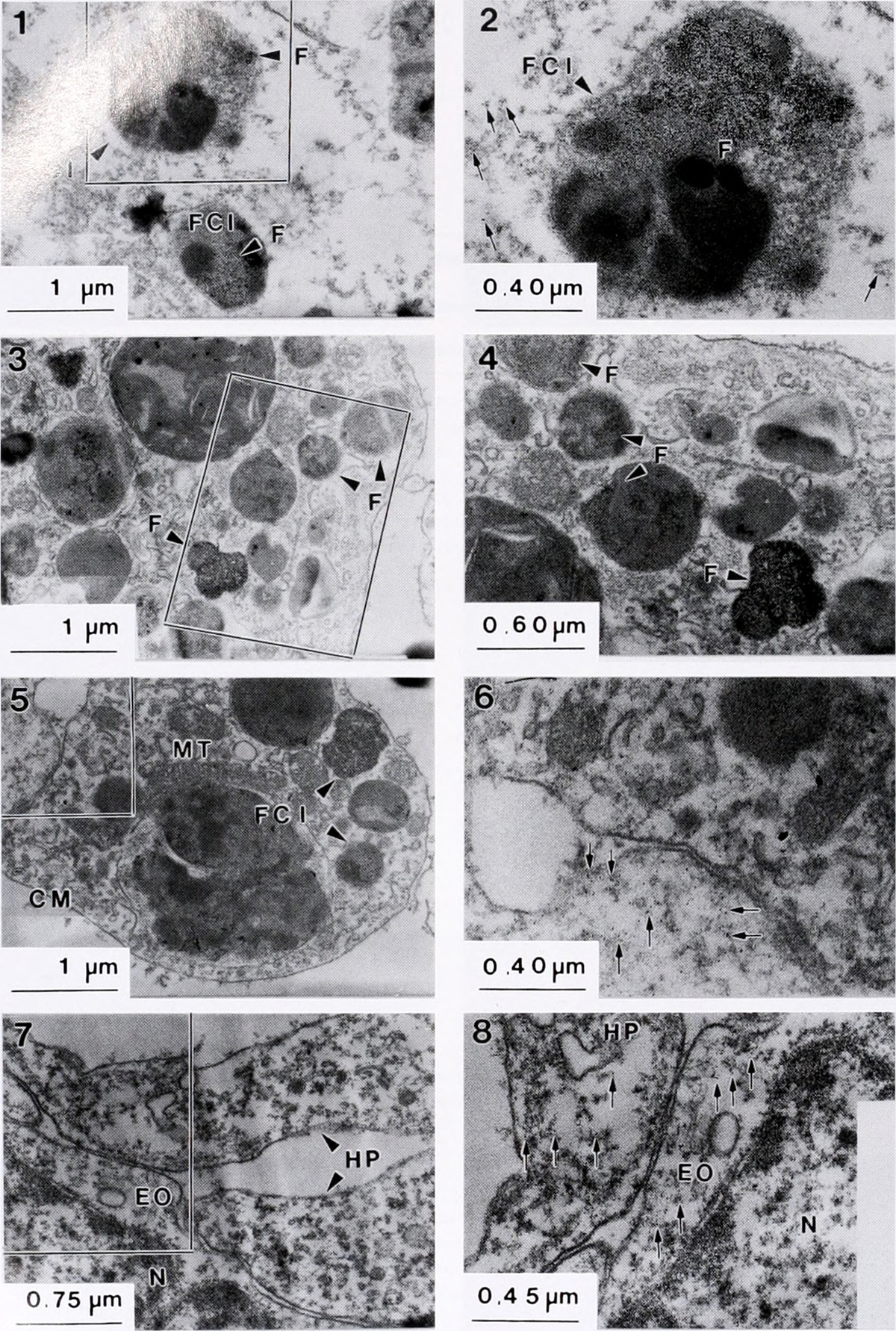What is Ferritin?
Ferritin is a protein present in the body cells that stores iron. Ferritin serves to store and transport it where it is required. Ferritin is mainly found in the liver, spleen, bone marrow, and skeletal muscles while a small amount of ferritin is present in the blood. Mitochondrial ferritin, which is found within the mitochondria of cells, plays a role in ferroxidase activity, oxidoreductase activity, iron ion binding, ferric ion binding, metal ion binding, and transition metal binding.
Optimal levels of ferritin in the body are important since it takes part in many biological processes. Any changes in levels of ferritin can lead to many ailments. A normal range of ferritin for women is 15-200 nanograms per milliliter (ng/mL) and for men 30-300 ng/mL.
Causes of High Ferritin Levels
High ferritin levels are the most commonly caused by genetic predisposition. On the other hand, elevated ferritin levels may be due to other factors. This can be an inflammatory disease such as lupus or arthritis. Liver diseases like hepatitis or cirrhosis, infection, hemolytic anemia, megaloblastic anemia, hemochromatosis, leukemia, or Hodgkin’s disease can cause elevated ferritin levels. Other causes include too much iron in the diet, overuse of iron supplements, and frequent transfusion therapy.
- Using both the TSAT and serum ferritin, the Kidney Disease Outcomes Quality Initiative (K/DOQI) guidelines propose initiating iron replacement in dialysis patients when the TSAT is
- In most circumstances, serum ferritin is regarded as the most sensitive and specific of the various blood tests available to diagnose iron deficiency. Red cell zinc protoporphyrin levels are elevated in both anemia of chronic inflammation and iron deficiency anemia, as this moiety accumulates in place of red cell iron protoporphyrin if iron is not available. Ferritin outperforms transferrin saturation, mean cell volume, and red cell zinc protoporphyrin levels in terms of sensitivity and specificity at any level.
- Documented iron-overload-related disease (defined as documented iron overload and one of more of the following conditions: cirrhosis, liver fibrosis, hepatocellular carcinoma, elevated aminotransferase levels, physician-diagnosed symptomatic hemochromatosis, and arthropathy of the second and third metacarpophalangeal joints) in C282Y homozygotes was 28.4% for men and 1.2% for women.
- Adult onset Still’s disease is a systemic inflammatory disorder characterized by fever, arthritis, and rash that typically affects young women. Elevated serum ferritin levels were seen in 89% of these patients in a recent series, nearly half of whom had levels greater than five times normal, though this did not correlate with time to disease remission or the presence of chronic or deforming arthritis.
- The brains of parkinsonian patients have been shown to contain increased levels of iron; however, the most striking increases are seen in the substantia nigra pars compacta. The severity of the disease in the living patient can be assessed by MRI. Post mortem studies of brains from normal subjects at different ages suggest a relationship between substantia nigra echogenicity with higher levels of iron, L-ferritin, and H-ferritin, and a reduced neuromelanin concentration. This model may describe a toxic cellular milieu that promotes the generation of oxyradicals and cell damage.
- There are many epidemiologic studies that do not confirm the presence of a direct association between iron status and the risk of developing cardiovascular disease. The issue of whether an elevated ferritin level is a contributor or causative factor for coronary artery disease or simply a byproduct of the disease process will be addressed by atherosclerotic animal models, in which transgenic overexpression of ferritin L or ferritin H can be created.
- Tissue ferritin levels have been shown to be six-fold higher in breast cancer tissue compared to normal or benign breast cancer tissue. Levels of transferrin and transferrin receptor proteins have also been shown to be higher in breast cancer tissue. In addition, compared to women without breast cancer in whom serum ferritin was normal, 41% of women with preoperative breast cancer had elevated serum ferritin levels. In addition, iron levels in breast cancer biopsy tissue were five times higher than levels in breast tissue from women without breast cancer.
Symptoms of High Ferritin Levels
In the early stage, a person with high ferritin levels usually doesn’t experience any symptoms and the condition is identified through the blood tests that show levels of ferritin in the body. However, over time the symptoms start to appear due to the accumulation of iron in the blood and tissues, especially in the joints. This causes joint pain but the pain can be present in the entire body. High ferritin level in the body is also accompanied by darkening of the skin.
Fatigue, weakness, abdominal pain, loss of libido, and lack of energy are other signs and symptoms of elevated ferritin. Additionally, cardiovascular problems and heart diseases can also indicate high ferritin levels. Build up of excess iron in the body can result in damage to the organs. Nevertheless, women with elevated ferritin can partly avoid organ damage due to menstrual periods in which they lose iron through the blood.
Treatment for High Ferritin Levels
Levels of ferritin can be diagnosed with blood tests. These tests include serum ferritin and transferrin saturation. Before undergoing these blood tests, a person must fast. The treatment that aims to reduce ferritin levels is known as therapeutic phlebotomy. This procedure involves the removal of a certain volume of blood from the body, once or twice a week until levels of ferritin drop.


















Your thoughts on this
Loading...